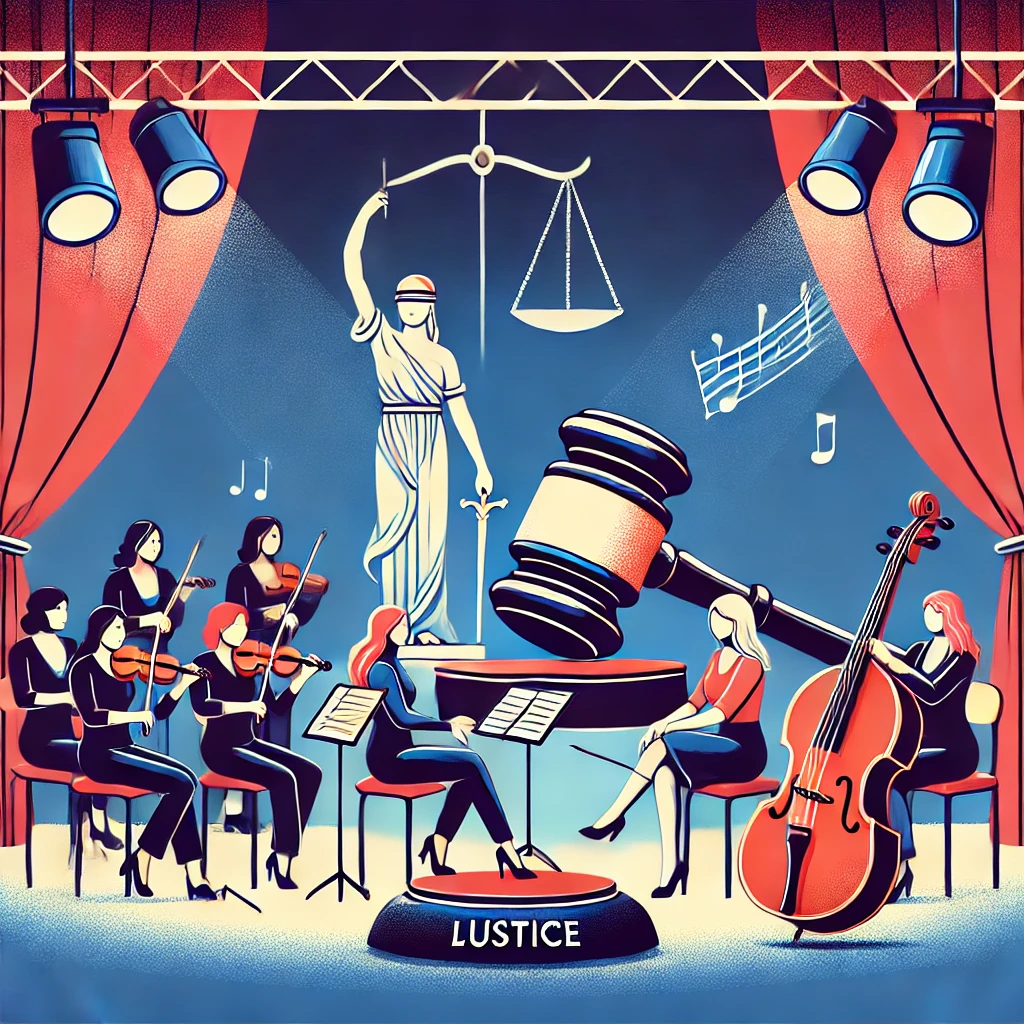Woman laws at Iran
Iran's legal framework regarding women's rights is characterized by a combination of constitutional provisions, civil laws, and religious interpretations that collectively impose significant restrictions on women's freedoms and equality. Here's an overview of the key legal aspects affecting women in Iran:
🏛️ Constitutional and Legal Foundations
Constitutional Equality with Limitations:Iran's Constitution guarantees equality between men and women; however, this equality is contingent upon conformity with "Islamic criteria," a vague standard that has led to the adoption of laws and practices that discriminate against women in various domains
Non-Ratification of CEDAW:Iran is one of the few UN member states that has not ratified the Convention on the Elimination of All Forms of Discrimination Against Women (CEDAW), limiting its international legal obligations to uphold women's rights
⚖️ Discriminatory Legal Provisions
Marriage and Divorce:The legal age of marriage for girls is 13, with younger girls allowed to marry with judicial and paternal approval. While men can initiate divorce unilaterally, women must apply to the courts and meet specific criteria, such as proving abuse or neglect
Child Custody:In the event of divorce, a woman loses custody of her children if she remarries, regardless of the circumstances
Inheritance Rights:A widow inherits one-eighth of her husband's estate, while a widower inherits his wife's entire estate. Additionally, a son inherits twice as much as a daughter
Testimony and Legal Standing:In court, a woman's testimony is valued at half that of a man's, and her legal standing is often subordinate to male relatives
👗 Dress Code and Personal Freedoms
Compulsory Hijab Women are legally required to wear the hijab in public. Non-compliance can result in fines, imprisonment, or more severe penalties under laws such as the "Law to Support the Family by Promoting the Culture of Chastity and Hijab," enacted in 2024
Freedom of Movement Married women cannot obtain a passport or travel abroad without their husband's written permission; single women require their father's consent
⚠️ Legal Gaps and Ongoing Challenges
Violence Against Women The "Protection, Dignity and Security of Women Against Violence" bill, introduced in 2011, has yet to be adopted. The draft law fails to criminalize marital rape and child marriage, and its implementation remains pending
Reproductive Rights The "Youthful Population and Protection of the Family" law, ratified in 2021, criminalizes access to abortion, contraception, and sterilization services, contravening international human rights standards
✊ Women's Resistance and Advocacy
Despite legal constraints, Iranian women have been at the forefront of resistance movement. The "Woman, Life, Freedom" protests, ignited by the death of Mahsa Amini in 2022, have seen women challenging compulsory dress codes and advocating for broader social justice reforms
📌 Recommendations for Reform
*Ratification of CEDAW: Iran should ratify the Convention on the Elimination of All Forms of Discrimination Against Women to align its legal obligations with international human rights standars.
*Legal Reforms: Amend discriminatory laws related to marriage, divorce, inheritance, and custody to ensure equal rights for womn.
*Protection Against Violence: Adopt comprehensive legislation that criminalizes all forms of violence against women, including marital rape and child marriae
The legal landscape for women in Iran remains restrictive, but ongoing advocacy and resistance efforts continue to challenge these constrains International support and pressure can play a pivotal role in advancing women's rights in the county.
















0 comments